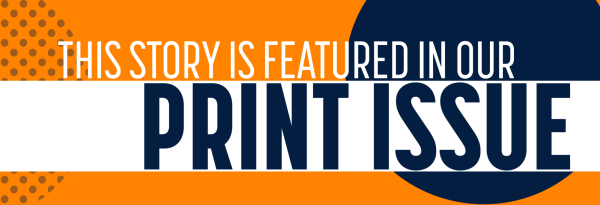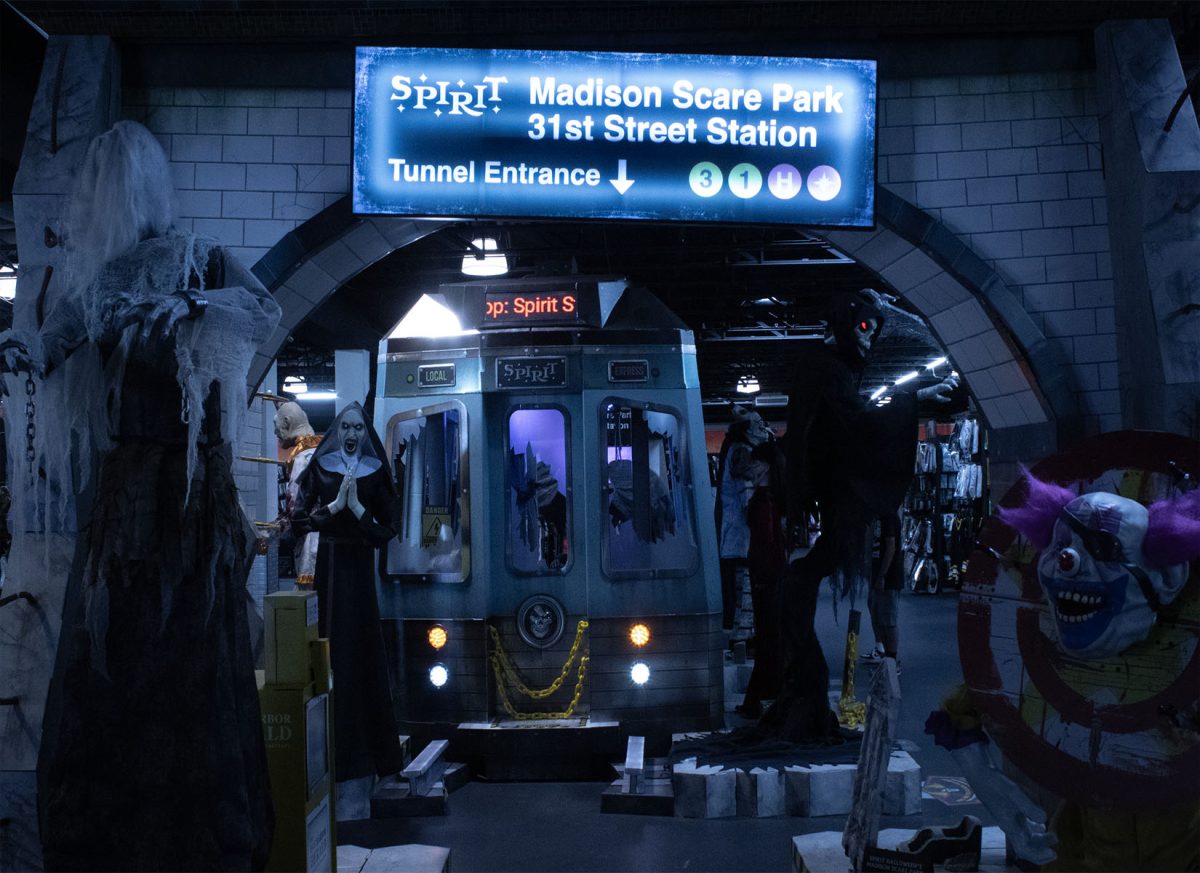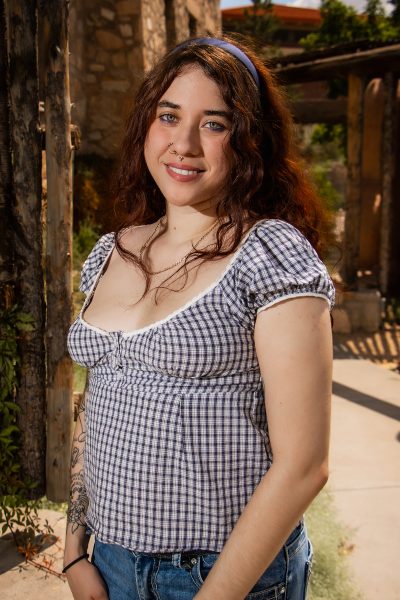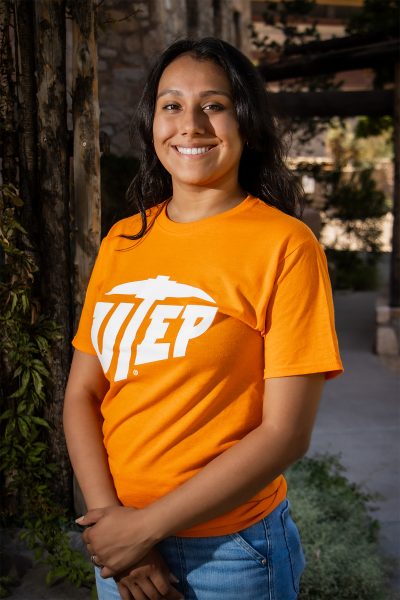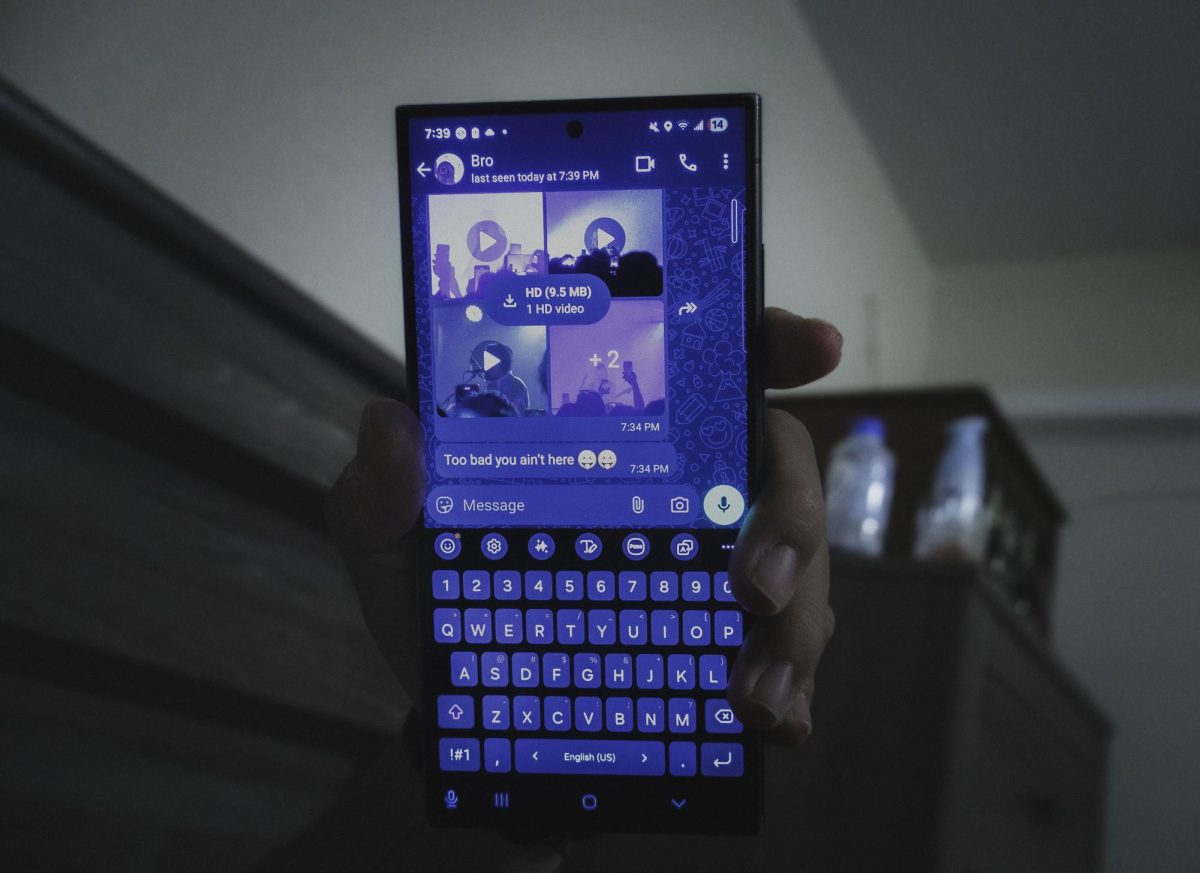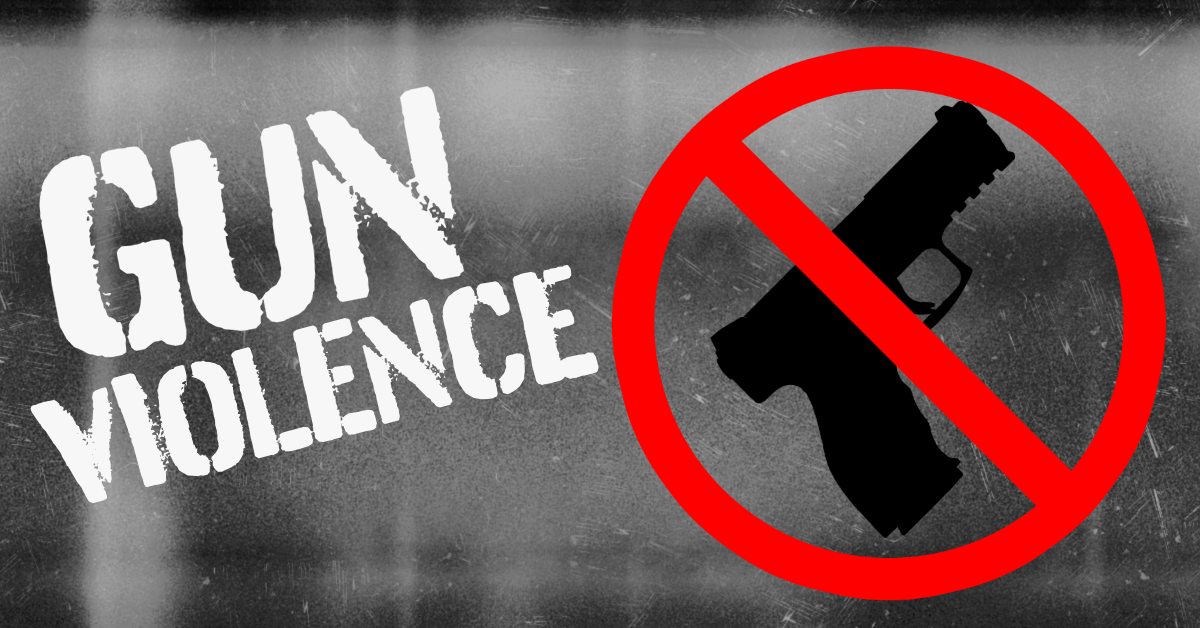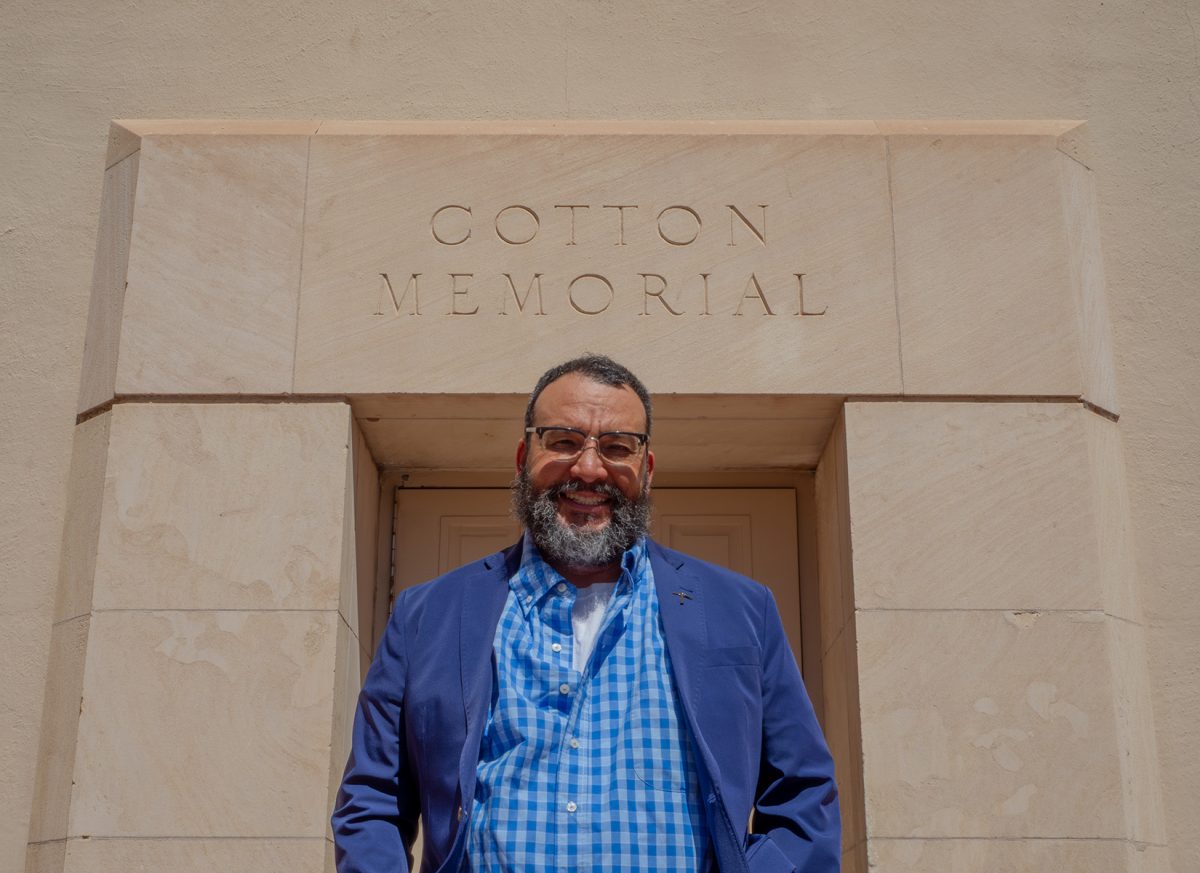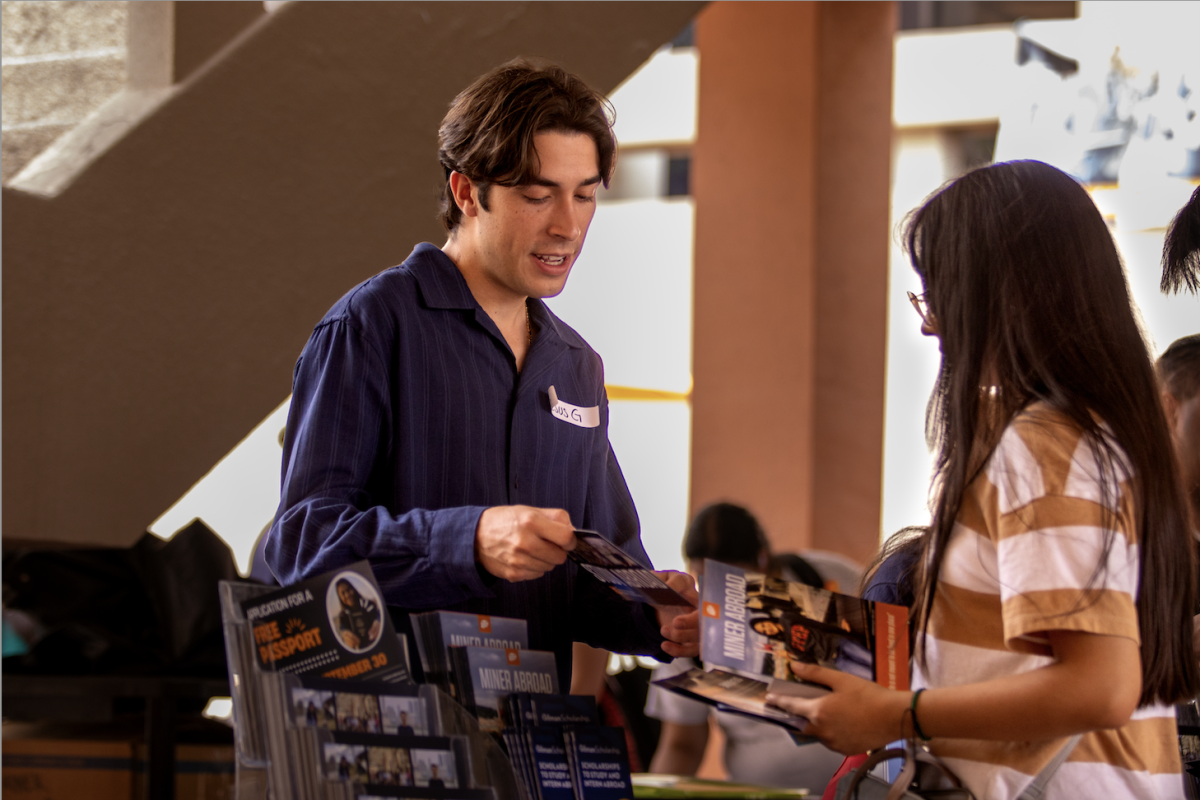Fear is a feeling that never strays far, an emotion so intrinsic to the human condition that an entire month is dedicated to engaging with it. October invites people to confront their fears through haunted attractions, horror films and seasonal traditions.
According to the British Psychological Society, our bodies are more than just bystanders in the experience of fear; they’re willing co-conspirators. When fear strikes, adrenaline kicks in but lurking just beneath the surface are the brain’s own happy chemicals, like dopamine and endorphins. This unlikely partnership reveals that fear and happiness are far more intertwined than one might think, turning moments of terror into unexpected thrills.
October is a month of carefully curated fear. With decorations draped in cobwebs and themed events designed to thrill, there’s an immersive quality that pulls us into a world of spooky enchantment. Yet beneath the surface of the scares lies a suspension of actual danger — a crafted experience built for thrill rather than harm. Every creaking door and flickering candle is part of a deliberate design, a touch of human intervention that conjures up a sense of fear with the promise of fun.
One of the key pillars of this curated experience is Spirit Halloween, a seasonal retailer where customers don’t just shop for costumes, but also for scares. With aisles stocked full of ghoulish decor, creepy props and eerie sound effects, Spirit Halloween transforms fear into a consumer experience, allowing visitors to browse and select their own personalized fright fest.
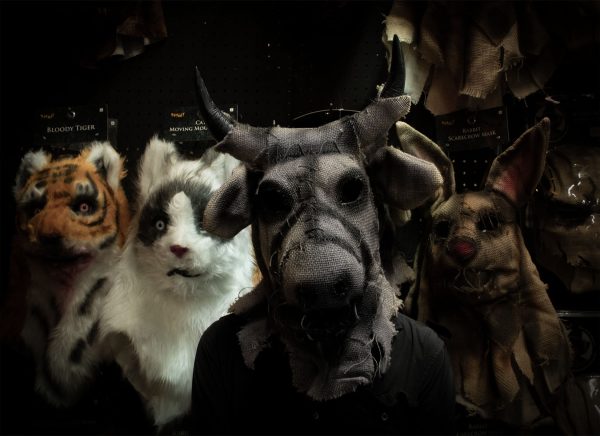
Alondra Coronado, a Spirit Halloween associate of two years, has been a witness to the enduring attraction we have to fear.
“The animatronics that jump at you, those are the ones that everybody wants,” Coronado said.
For many, Spirit Halloween serves as a tangible segue into the macabre, a physical space where fear is both contained and consumed. Amid aisles of animatronics, eerie props and haunting décor, visitors can touch, select and curate their own experiences of fright, turning the intangible thrill of fear into something concrete and controllable.
“Scream, Terrifier, and the Jumping Scarecrow are some of the popular bought stuff. It takes our fear and instead of hiding away from it, it makes it more fun and shows that being scared is not always a bad thing,” Coronado said.
Beyond haunted houses and seasonal storefronts, fear finds another home on screen. In film, we chase scares with the comfort of distance, immersed in suspense, but always safe behind the fourth wall. It’s fear in its most cinematic form: curated, contained and yet deeply felt. Horror becomes a mirror and a sandbox, letting people explore danger without ever stepping into it.
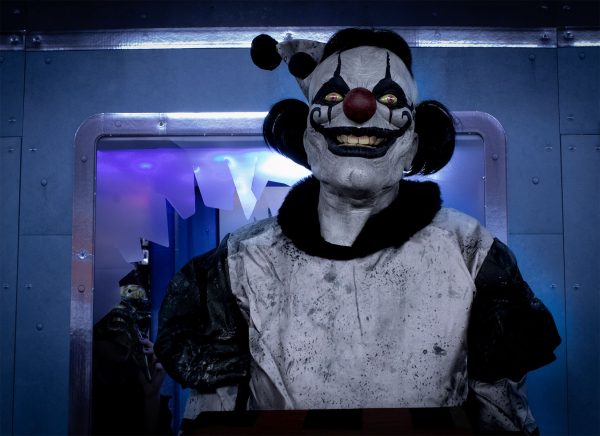
For Diana Hernandez, a student studying advertising and graphic design, fear is in a soundtrack, a carefully constructed layer that often recedes into the background, yet acts as a powerful, underappreciated conduit for how fear is felt and experienced.
“I feel music and sound design is key. When it comes to horror films, although it’s easy to look past, music and sound design make the experience for me,” Hernandez said. “I am super immersed once I hear strings start playing ominous music.”
The television acts as a safe scare chamber for many, a portal into frights. Behind its screen, danger feels distant and contained, allowing us to dabble in terror without real risk. It’s a controlled portal where fear is packaged, presented and ultimately suspended, giving us permission to lean into the fright while knowing we’re always just a click away from safety.
“Films and other horror media help us evaluate how we would act in that situation. Those moments in movies when we say, ‘Don’t open the door!’ help us to think about how we would react,” Hernandez said. “It’s like exposure therapy.”
Fear sometimes isn’t about instant gratification; it’s slow burn, a carefully crafted relationship that sometimes revels in anticipation. For Megan Smith, a student studying communication, the relationship with fear is built with caution.
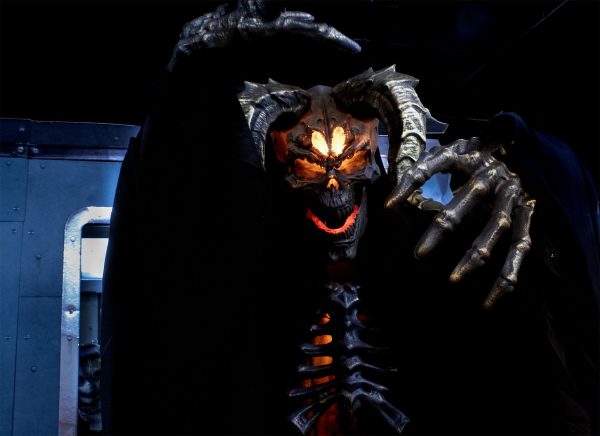
“I am somebody who constantly has to tell myself that something is not real when watching a movie or exploring a Halloween-themed attraction,” Smith said. “I prefer the fear that is more slow-building because I feel like I can mentally prepare for it. When it’s sudden, you can’t do that.”
Despite the individualism often associated with fear, Halloween serves as a reminder that the consumption of fear is much more communal.
“Halloween makes fear a collective experience and playful experience, rather than an immediate threat. We are allowed to voluntarily choose how to participate,” Smith said. “Good fear comes from a temporarily controlled experience, whereas bad fear is an uncontrolled and lasting response to a real event.”
In the end, fear reveals itself as something people don’t just avoid or endure; it’s something they learn to understand, curate, and even celebrate. Whether it’s the adrenaline-fueled rush from a jump scare or the communal rituals that bring us together each October, fear reveals itself as a graceful negotiation between danger and delight.
Jazmine Gracia is a writing contributor for The Prospector and can be reached [email protected]
